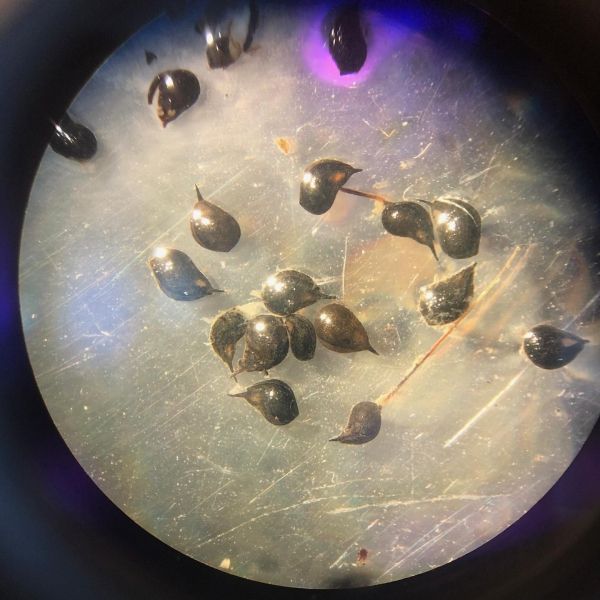New research shows that biodiversity is important not just at the traditional scale of short-term plot experiments—in which ecologists monitor the health of a single meadow, forest grove, or pond after manipulating its species counts—but when measured over decades and across regional landscapes as well. The findings can help guide conservation planning and enhance efforts to make human communities more sustainable.
Published in a recent issue of Frontiers in Ecology and the Environment, the multi-institutional study was led by Dr. Christopher Patrick of William & Mary’s Virginia Institute of Marine Science, along with Kevin McCluney of Bowling Green State University, Albert Ruhi of University of California–Berkeley, Andrew Gregory of the University of North Texas, John Sabo of Arizona State University, and James Thorp of the University of Kansas.
“Having low biodiversity is like putting all your eggs in one basket and puts us at greater risk of something catastrophic happening,” says Patrick. “We’ve known this for a long time, but never before have we shown this to be true for entire regions and landscapes.” The team reached their findings by compiling, analyzing, and modeling data collected over decades and across both aquatic and terrestrial ecosystems. The analysis focused on abundance and diversity trends within 50 families of terrestrial beetles from the Sonoran Desert, 25 species of submerged aquatic vegetation or SAV within the Chesapeake Bay, and 56 species of fish from small streams in Maryland.
Read more at: Virginia Institute of Marine Science
VIMS researchers are planting widgeongrass seeds like these to increase biodiversity in Chesapeake Bay grass beds. (Photo Credit: © C. Patrick/VIMS.)


